
Cuisine
Maasai cuisine
Maasai cuisine is heavily influenced by the pastoral lifestyle of the Maasai people. The cuisine is characterized by its use of meat, milk, and blood from cattle. Vegetables and grains are not commonly used in Maasai cuisine.
Typical ingredients
Beef, Goat, Sheep, Cow's milk, Cow's blood
Presentation and garnishing
Dishes are often presented on a large platter with pieces of meat arranged around it. Garnishes may include fresh herbs and spices.
Maasai cuisine is an important part of Maasai culture and is often served at special occasions such as weddings and festivals.
More cuisines from this region...
Ethiopian cuisine, Kenyan cuisine, Tanzanian cuisine, Eritrean cuisine, Rwandan cuisine, Somali cuisine, Ugandan cuisine, Burundian cuisine, South Sudanese cuisine, Djiboutian cuisine
History
Maasai cuisine has a long history dating back to ancient times. The Maasai people have lived in East Africa for centuries and have developed a unique cuisine that is well-suited to their pastoral lifestyle.
Cultural significance
Food is an important part of Maasai culture and is often shared with family and friends. Meals are typically eaten with the hands, using pieces of meat as utensils. Tea is also an important part of Maasai culture and is often served after meals.
Health benefits and considerations
Maasai cuisine is high in protein and fat, but may be lacking in other nutrients. It is not suitable for those who are lactose intolerant or have a sensitivity to animal products.
Maasai cuisine recipes Browse all »
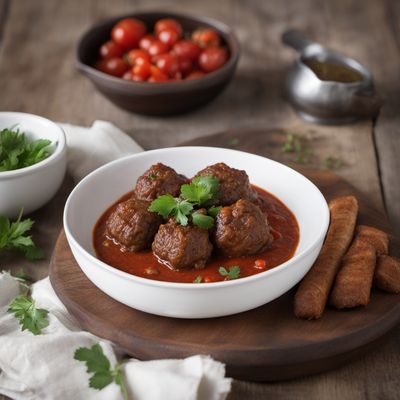
Maasai-style Meatballs with Rabbit Sauce
Savory Maasai Meatballs in Rabbit Sauce: A Fusion of Flavors

Maasai Coconut Pancakes
Savory Coconut Delights: Maasai Style Pancakes
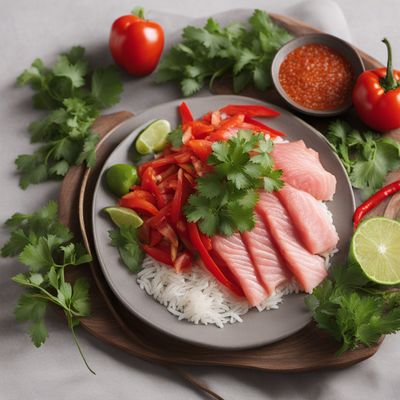
Maasai-inspired Chirashizushi
Savory Maasai Delight: Chirashizushi with a Cultural Twist

Maasai Beef Stew
Savory Maasai Delight: A Flavorful Beef Stew

Maasai Spiced Rice Pilau
Savory Maasai Rice Pilau: A Flavorful Journey into Maasai Cuisine

Maasai Bean Burger
Savory Maasai Bean Delight

Maasai-inspired Spicy Chicken Stew
Savory Maasai Chicken Delight
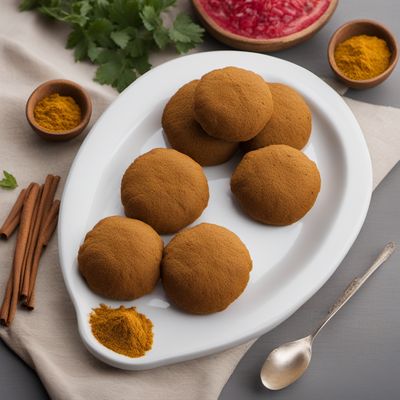
Maasai Melonpan
Savory Delight: Maasai Melonpan - A Fusion of Japanese and Maasai Flavors

Maasai-inspired Sweet Egg Threads
Sukari ya Mayai - Sweet Delicacy from the Maasai Tribe

Maasai-Inspired Sweet Delight
Savory Sweetness: A Maasai Twist on a Classic Dessert
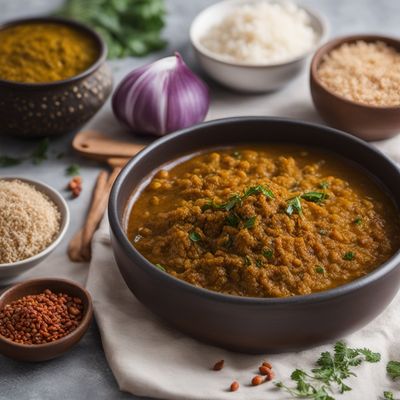
Maasai-style Koki de Niébé
Savory Maasai Bean Cake: A Taste of Maasai Cuisine
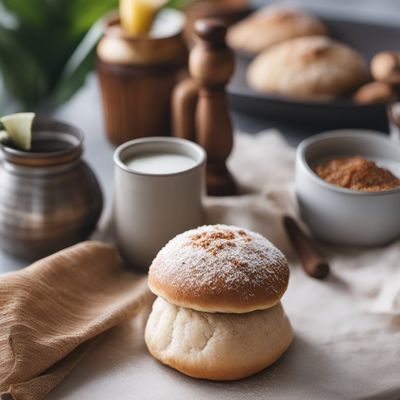
Maasai Coconut Bun
Savory Coconut Delight: Maasai Coconut Bun Recipe